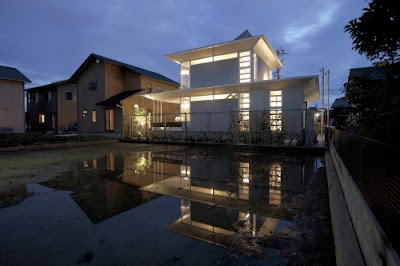But we found some good news today. We thought we would share it to cheer you and ourselves up:
82 percent of Americans say they are still buying green products and services today, which sometimes cost more, according to a 2009 study commissioned by Green Seal and EnviroMedia Social Marketing.
More than six in 10 (or 66 million) U.S. homes currently use eco-friendly household products (Focalist, 2008).
U.S. consumers are looking at using more green products in everyday life, with more than one-third of adults regularly buying green products (Mintel Research, 2008).
18-34 year olds are twice as likely to buy green (EnviroMedia, 2009); 40 million baby boomers currently buy green (AARP, 2008).
And more intriguing good ideas here and here and here and here---we could go on!
These are small steps on the long journey. But, remember – though some countries, corporations and individuals - are trashing the earth without a second thought, we ARE making a difference. And we continue to make a difference every time we make a choice or take action for a green world. Also remember, it took 20 years for people to give up buttons...and use zippers. Fight on!






















